
PREV ARTICLE
NEXT ARTICLE
FULL ISSUE
PREV FULL ISSUE
MORE ON THE ABC'S OF ORGANIZING U.S. MINT MARKSResearcher and author David Lange offers these thoughts on the evolution of how collectors in the U.S. organize their coins by mint mark. For our overseas friends, P = Philadelphia,
Pennsylvania, S = San Francisco, California, D = Denver, Colorado, CC = Carson City, Nevada, and O = New Orleans, Louisiana. -Editor
Regarding the sequencing of mints in Whitman publications transitioning from P-S-D to P-D-S, this was an industry-wide phenomenon that occurred in the early 1960s. All numismatic books previously had listed the mints in order of their authorization date, as this is how they appeared in U. S. Mint documents and publications. Wayte Raymond was just one of the many authors/publishers who continued this sequencing. The same is true for coin albums and folders, nearly all of which read P-S-D until the early '60s. I was able to determine that the conversion to P-D-S sequencing occurred in 1961. That is shortly after Ken Bressett joined the company, though I don't know whether he had any influence in making the decision. Whitman's line of green, All-in-One folders, printed 1958-64, likewise comes both ways, though only the ones for cents through dimes are found with both versions. The higher denomination folders were introduced after the transition date. Whitman's line of Bookshelf albums, which debuted in 1961, are found only with the P-D-S sequence. I'm not certain when the conversion occurred for the Red Book and Blue Book, as I sold my collections of these years ago. Whitman may have been driven to revise its mint sequence from the competition offered by The Coin and Currency Institute's new line of Library of Coins albums. Introduced in 1959, these used a P-D-S sequence that was unique at the time. All new lines of coin albums published after 1961 used this same sequence. As the "P" was actually omitted on both the coins and the albums, the new sequence was purely alphabetical and thus more easily understood by new collectors. For older coin series, the full sequence became P-CC-D-O-S. At my request Dave kindly provided these images and additional commentary. Thanks! -Editor
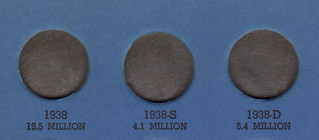
Whitman Jefferson PSD - 1959 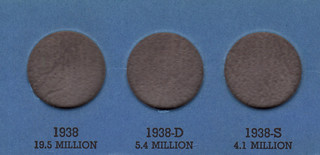
Whitman Jefferson PDS - 1960 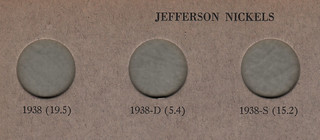
Dansco PDS - 1940 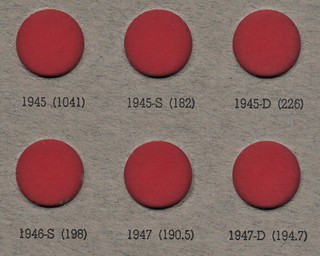
Dansco Mixed - 1956 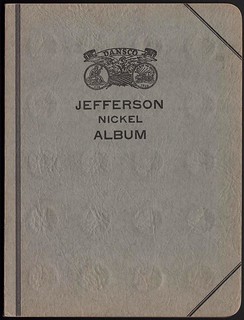 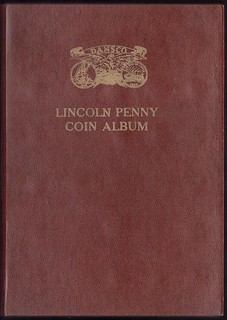
Left: Dansco Bound No. 19 Right:Dansco Deluxe No. 100 As so often happens when I examine my folders that have not already been published as a book, I find that my informal notes are slightly erroneous. As the attached images of blue Jefferson Nickel folders reveal, Whitman transitioned from PSD to PDS in 1960, not 1961. This is determined by the final printed mintage figures, which are 1958 and 1959, respectively. What remains true is that Whitman, which was not particularly innovative in its folders and albums, changed the sequence in response to the great popularity of the Library of Coins albums. Another interesting point is that Dansco, which in 1939 was the first company to print coin folders, used the PDS sequence at that time and was the only publisher doing so. The first image is of a folder from its Dansco Bound Line (1939-70) printed in 1940 that uses this sequence. The second image is of a folder in its Deluxe line, which debuted in 1955 and is still in print today. This example is from 1956, and it features a most interesting oddity. The Lincoln Cents are sequenced PSD from 1911 through 1945, at which point they become PDS in the same folder! This was later straightened out by the publisher, but it's one of the many inconsistencies that make early Dansco folders so fun to collect and so maddeningly difficult to catalog. To read the earlier E-Sylum article, see:
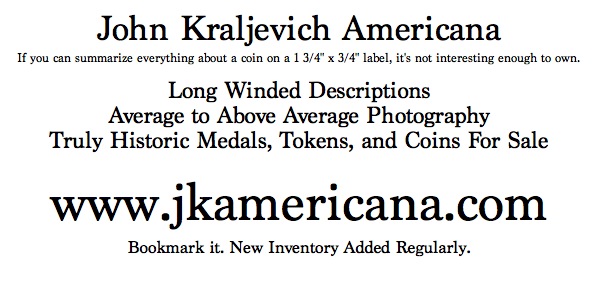 Wayne Homren, Editor The Numismatic Bibliomania Society is a non-profit organization promoting numismatic literature. See our web site at coinbooks.org. To submit items for publication in The E-Sylum, write to the Editor at this address: whomren@gmail.com To subscribe go to: https://my.binhost.com/lists/listinfo/esylum All Rights Reserved. NBS Home Page Contact the NBS webmaster 
|